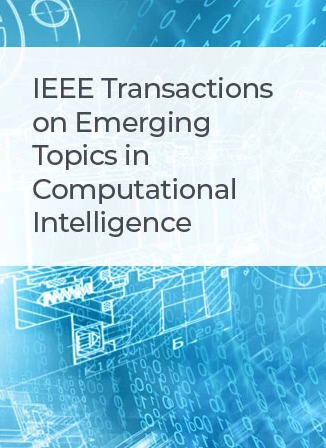PCR: A Parallel Convolution Residual Network for Traffic Flow Prediction
IF 5.3
3区 计算机科学
Q1 COMPUTER SCIENCE, ARTIFICIAL INTELLIGENCE
IEEE Transactions on Emerging Topics in Computational Intelligence
Pub Date : 2025-01-16
DOI:10.1109/TETCI.2025.3525656
引用次数: 0
Abstract
Traffic flow prediction is crucial in smart cities and traffic management, yet it presents challenges due to intricate spatial-temporal dependencies and external factors. Most existing research relied on a traditional data selection approach to represent temporal dependence. However, only considering spatial dependence in adjacent or distant regions limits the performance. In this paper, we propose an end-to-end Parallel Convolution Residual network (PCR) for grid-based traffic flow prediction. First, we introduce a novel data selection strategy to capture more temporal dependence, and then we implement an early fusion strategy without any additional operations to obtain a lighter model. Second, we propose to extract external features with feature embedding matrix operations, which can represent the interrelationships between different kinds of external data. Finally, we build a parallel residual network with concatenated features as input, which is composed of a standard residual net (SRN) to extract short spatial dependence and a dilated residual net (DRN) to extract long spatial dependence. Experiments on three traffic flow datasets TaxiBJ, BikeNYC, and TaxiCQ exhibit that the proposed method outperforms the state-of-the-art models with the most minor parameters.PCR:一种用于交通流预测的并行卷积残差网络
交通流预测在智慧城市和交通管理中至关重要,但由于复杂的时空依赖关系和外部因素,交通流预测面临着挑战。大多数现有的研究依赖于传统的数据选择方法来表示时间依赖性。然而,仅考虑相邻或遥远区域的空间依赖性会限制性能。在本文中,我们提出了一个端到端并行卷积残差网络(PCR)用于基于网格的交通流预测。首先,我们引入了一种新的数据选择策略来捕获更多的时间依赖性,然后我们实现了一种不需要任何额外操作的早期融合策略,以获得更轻的模型。其次,我们提出利用特征嵌入矩阵运算提取外部特征,可以表示不同类型的外部数据之间的相互关系。最后,我们构建了一个以连接特征为输入的并行残差网络,该网络由提取短空间依赖性的标准残差网(SRN)和提取长空间依赖性的扩展残差网(DRN)组成。在三个交通流数据集TaxiBJ、biikenc和TaxiCQ上的实验表明,该方法在最小参数下优于最先进的模型。
本文章由计算机程序翻译,如有差异,请以英文原文为准。
求助全文
约1分钟内获得全文
求助全文
来源期刊

IEEE Transactions on Emerging Topics in Computational Intelligence
Mathematics-Control and Optimization
CiteScore
10.30
自引率
7.50%
发文量
147
期刊介绍:
The IEEE Transactions on Emerging Topics in Computational Intelligence (TETCI) publishes original articles on emerging aspects of computational intelligence, including theory, applications, and surveys.
TETCI is an electronics only publication. TETCI publishes six issues per year.
Authors are encouraged to submit manuscripts in any emerging topic in computational intelligence, especially nature-inspired computing topics not covered by other IEEE Computational Intelligence Society journals. A few such illustrative examples are glial cell networks, computational neuroscience, Brain Computer Interface, ambient intelligence, non-fuzzy computing with words, artificial life, cultural learning, artificial endocrine networks, social reasoning, artificial hormone networks, computational intelligence for the IoT and Smart-X technologies.
 求助内容:
求助内容: 应助结果提醒方式:
应助结果提醒方式:


